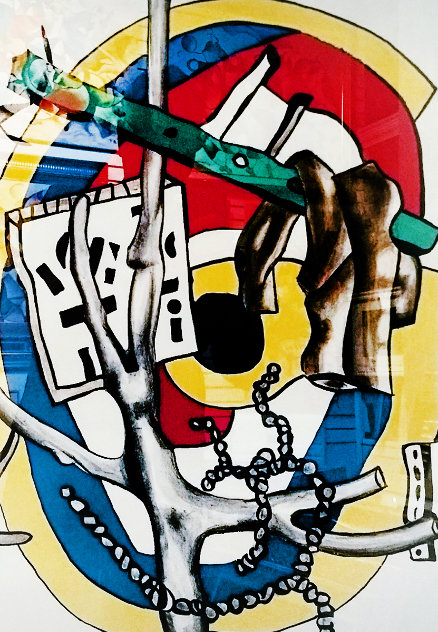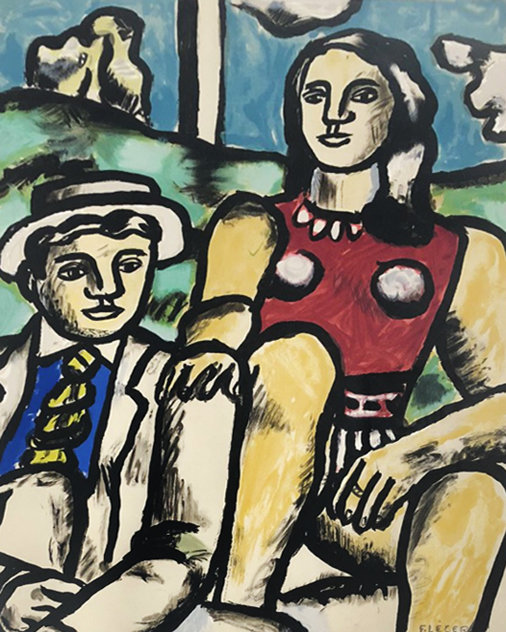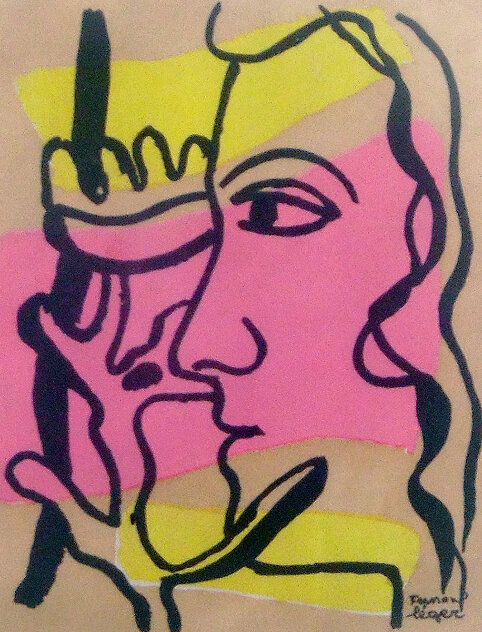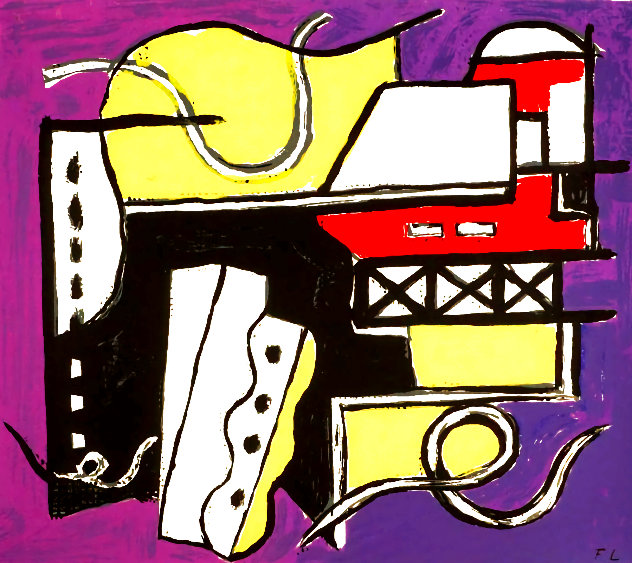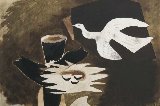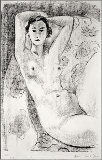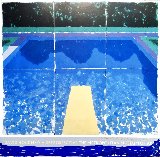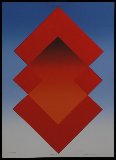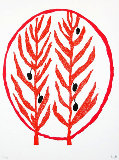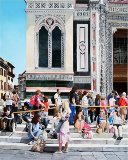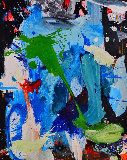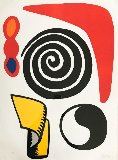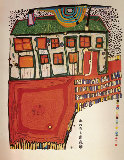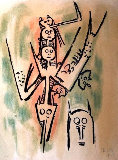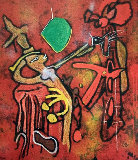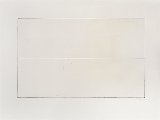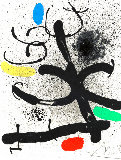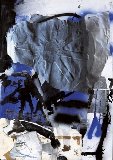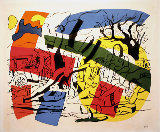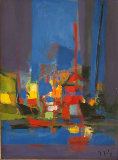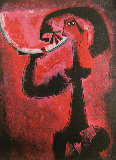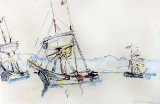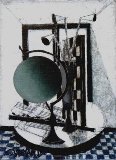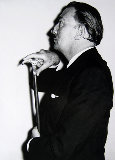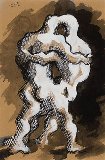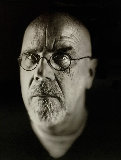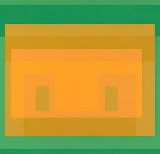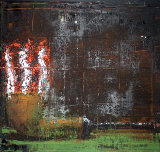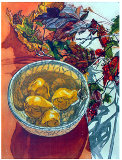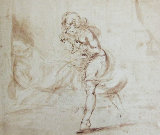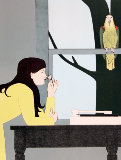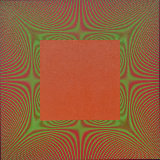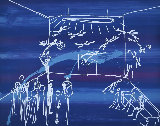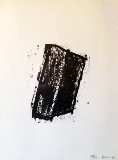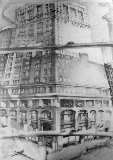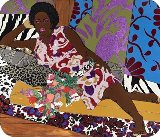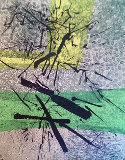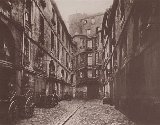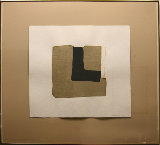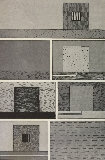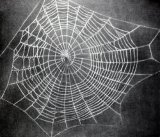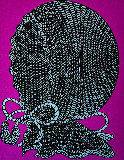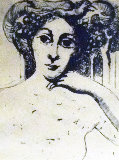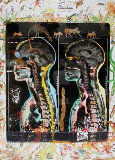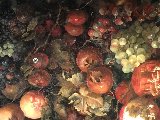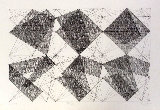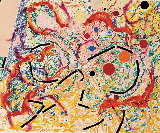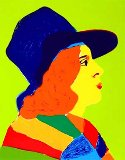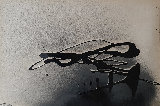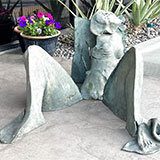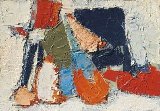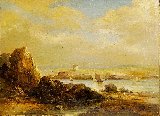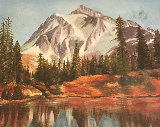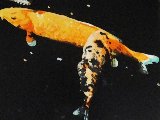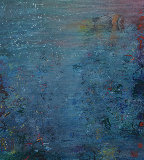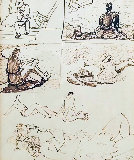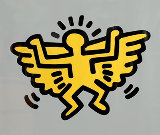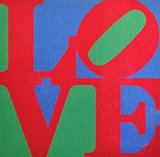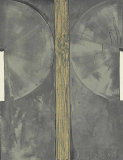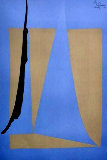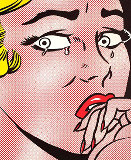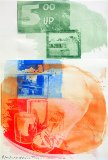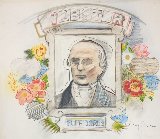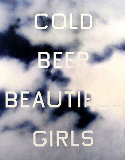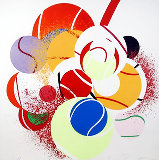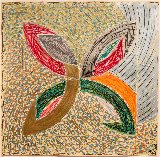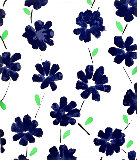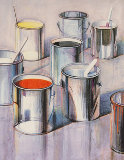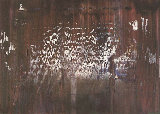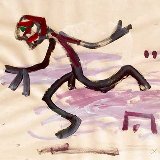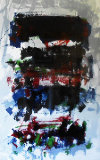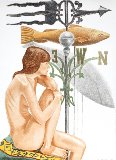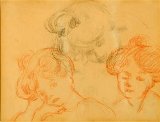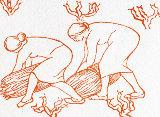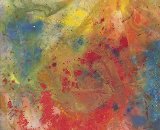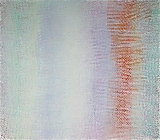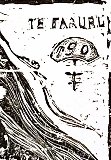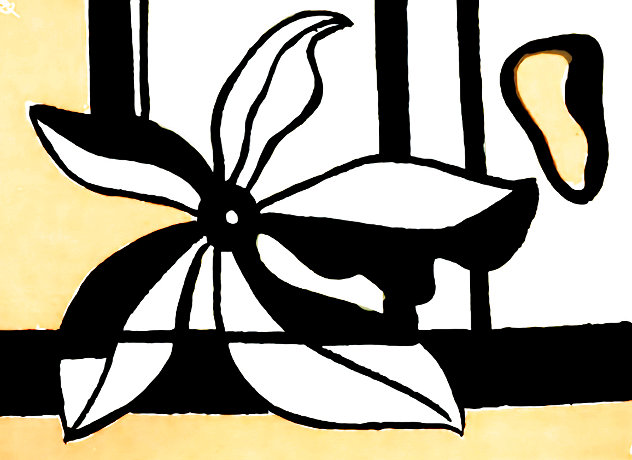




Fleur Sur Fond Jaune Et Orange 1955
Fernand Leger
Limited Edition Print : Serigraph on Arches Paper
Size : 22.05x14.96 in | 56x38 cm
Edition : From the Edition of 1000
- 🔥Limited Edition Serigraph - Blue Chip $2,700
Year1955
Plate SignedLower Right
Condition Other - minor folds and stains
Not Framed
Purchased fromAuction House 2021
Story / Additional InfoTitle: Fleur sur fond Jaune et Orange’ Fond Verte Flower. Medium: Original serigraph, on Arches paper, 1954/55, with full margins, signed by the artist in the stone, below right, stamp below right,â€SERIGRAPHIE F LEGERâ€, initialed by the printer above left “JB.†Edition: From a numbered edition of 1000. There was also a signed and numbered edition of 200. Size: 560x380 mms (paper size); 350x275 mms (Image size). Printed by: Sérigraphie Fernand Lèger, Paris. Published by: La Guilde International de la Gravure, Genrvre-Paris, in 1954/55. Note: This comes from the portfolio suite of 10 serigraphs, after gouaches, 1954/55. Literature: Lawrence Saphire “L'Oeuvre gravé†Number: E.12.
Certificate of AuthenticityArt Brokerage
LID149529
Fernand Leger - France
Art Brokerage: Fernand Leger French Artist: b. 1881-1955 . Ferdnand Leger was born in Argentan, France in 1881. He is Leger studied architecture and worked as an apprentice draughtsman in an architect's office. Leger later served in the Engineering Corps and became involved with stage and film design in Paris. By 1911 Leger had become friendly with Georges Braque and Pablo Picasso and had exhibited at the Salon des Independants. Léger was prolific in many media and gained recognition as one of the most prominent artists in Paris in the first half of the 20th century. Besides being a painter, filmmaker and designer, Leger also became successful printmaker, experimenting with lithography. Leger's steady intention was to provide art for the people. His ideas and philosophy attracted many students in both Europe and the Americas. Fernand Leger always had a great interest in industrial evolution and its relationship to man. This became one of the central themes of his oeuvre. Leger continually experimented with color, shape, movement, and space. Geometric forms and elements of a machine culture (cranks, pistons, robots, etc.) were important motifs in his many creations. In 1940, to escape German forces in Paris, Léger fled to the United States. The industrialism found in America heavily inspired his work of this period. While in the U.S., Leger taught at Yale University and at Mills College in California. Leger returned to France in 1945 and later in his life, he was awarded with many awards and exhibitions. Today Fernand Leger paintings and prints can be seen in prominent museums throughout the world. Listings wanted by Art Brokerage.

